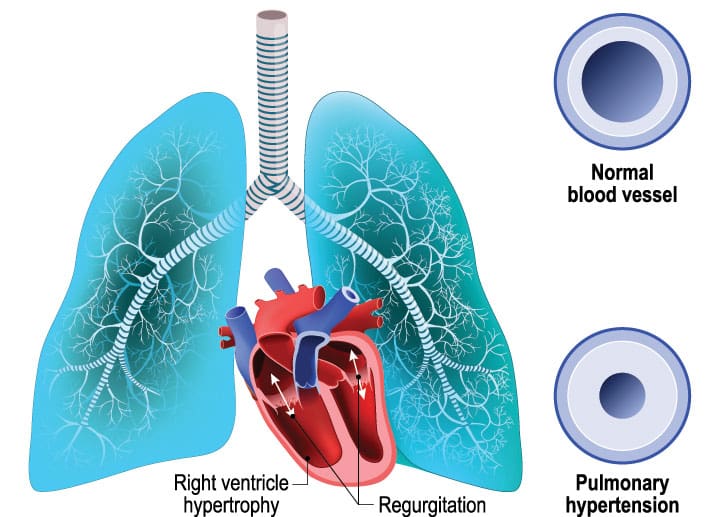Regardless of the healthcare setting, a registered nurse (RN) in 2016 is likely to encounter patients with culturally diverse beliefs and practices about health, wellness, and illness. Respecting and integrating those beliefs into competent, evidence-based practice is at the heart of culturally congruent care. It’s also the focus of a new nursing standard identified in ANA’s Nursing: Scope and Standards of Practice, 3rd Edition.
Standard 8, Culturally congruent practice, requires RNs to practice “in a manner that is congruent with cultural diversity and inclusion principles.” It includes 13 competencies for RNs and additional competencies for graduatelevel prepared and advanced practice RNs. For example, all RNs must “demonstrate respect, equity, and empathy in actions and interactions with all healthcare consumers.”
“We first have to be aware that cultures have different systems of belief around health, wellness, and practices,” said Marilyn (Marty) Douglas, PhD, RN, FAAN, associate clinical professor of nursing at the University of California, San Francisco, and a significant contributor to the development of standard 8. “And then [nurses must have] a willingness to work with the patient to adapt their care so we all get to the same goal of improved health outcomes.”
During National Nurses Week (May 6-12), Douglas presented an ANA webinar, “Culturally congruent care: Why diversity makes a difference” on May 10. The webinar provided an overview of the knowledge, skills, and evidence-based tools needed to support culturally congruent care in the nursing environment.
How do nurses in the United States demonstrate culturally congruent practice? RNs shared the following scenarios.
Pacific Islanders
By Patricia W. Nishimoto, Oncology clinical nurse specialist Tripler Army Medical Center near Honolulu, Hawaii
Yakwe! Ronalim! (These terms mean “hello” in the native languages of the Marshall Islands and Chuuk [formerly Truk]). Pacific Island patients are greeted with unique “alohas” as they arrive at the oncology clinic. For them, this is a dramatic change from the care provided by healers back home. The place of care is now a cold, air-conditioned building with hundreds of people, none of whom speak the Pacific Islanders’ more than 20 languages. Many patients live on tiny islands and atolls spanning 1 million square miles and five time zones, and have no electricity in their homes. Collectively, Pacific Islanders make up 0.5% (1.4 million people) of the U.S. population, are the fastest growing ethnic group, and reside primarily in Arkansas, California, Hawaii, Oregon, Nevada, Texas, Utah, and Washington.
Life in the Pacific Islands revolves around the ocean. In Palau, when a woman is in labor and the tide is out, she will be told, “It is not your time yet.” Funerals are scheduled to occur during the outgoing tide. Being able to reach the ocean with its abundance of sea life is critical. So when one of our patients—a young woman with spinalcord compression and paralysis—was returning to her home, we knew a wheelchair would not work on the rough terrain and sand. She needed to be able to negotiate it on her own. We devised a body board with wide tires that she could lie on and propel herself to the sea.
Native Americans
By Mary Isaacson, PhD, RN, CHPN, Assistant professor South Dakota State University College of Nursing in Sioux Falls
It has been my privilege to work alongside a Northern Plains tribe since 2007. I have learned that each time I interact with persons from this cultural group, I first see with my “white eyes,” in that my initial interpretation is from my perspective as a white woman. To appreciate concerns from the Native American viewpoint, I must remember to remove these blinders and broaden my understanding through authentic presence and listening. I must also remember that establishing trusting relationships will be challenging because of the history of trauma and oppression that Native Americans experienced, and continue to experience, by members of the white population.
Over the past 2 years, a select group of tribal elders and I have explored the concepts of palliative and hospice care from their indigenous viewpoint. Together, we established the cultural congruency of these concepts with the lifeways of this Northern Plains tribe. These individuals identified that in their “elderhood or fourth cycle of life,” advanced care planning discussions should become a standard of practice for healthcare providers. This is not the current practice because speaking about the end of life is forbidden.
To address these concerns, we developed a culturally specific advanced directive brochure. Tribal elders then conducted one-on-one educational sessions to raise awareness within the elderly population. The elders recommended that healthcare providers learn to become comfortable initiating these conversations. This includes engaging each person as an individual; understanding that Native persons cannot be separated into physical, social, spiritual, and psychological beings (they are all-encompassing); identifying if the elder is bilingual and then having these conversations in the Native language; approaching the conversation in a sensitive, nonhurried manner; and finally, recognizing the importance of family.
Hispanic population
By Anabell Castro Thompson, MSN, RN, NP-C, Nurse practitioner and Hispanic program director Hospice of the Valley in Phoenix, Arizona
In caring for terminally ill patients, our goal is to decrease the complexity of end-of-life issues that affect patients and their families while decreasing Hispanic cultural barriers, improving healthcare delivery, and increasing hospice use.
The Arizona Hispanic population makes up nearly a third of the state’s population. As Hispanics historically have struggled with the concept of hospice, Hospice of the Valley (HOV) created a culturally competent model of care implemented via the HOV Hispanic program. The Hispanic program guides changes in education, administration, policy, and nursing practice regionally and provides inclusive, culturally appropriate, Spanish-language services throughout the agency.
The HOV approach toward culturally congruent practice includes a strategy to recruit and retain 145 bicultural/bilingual staff and maintain an all-bilingual/bicultural multidisciplinary team approach. Spanish-language resources are numerous, including the En Español website hov.org/es; a dedicated live phone line available 24/7 that averages 1,200 calls per year; a speaker’s bureau staffed by volunteers; marketing and educational materials; bereavement counseling that serves more than 150 grieving Hispanic adults per year; support services for Hispanic children and youth; and a monthly 1-hour Spanish educational radio program, which reaches an estimated 75,000 people.
Culturally congruent practice is inextricably linked to safe patient care, in keeping with ANA’s goal of creating a culture of safety, Douglas emphasized. When a nurse encounters a cultural practice that is not safe or not directed at achieving an evidence-based, positive outcome, “the goal becomes negotiation and looking for a compromise,” Douglas said.
She described the case of a Roma chief who was near death on a ventilator in the intensive care unit, whose family wanted to light a candle beneath his bed. The family rejected the staff’s offer of an electric candle because the smoke was needed to carry his soul to heaven when he died. In a safe compromise, staff moved the chief to a room at the end of the unit, which shared an adjoining wall with the family waiting area. The family placed the flame in the waiting area, satisfied that the soul and smoke would find the wall no barrier to their connection.
“It showed the family that we were willing to work with them” to find a solution that was culturally appropriate and safe, Douglas concluded.
As these examples illustrate, nurses have many opportunities to demonstrate sensitivity toward patients’ diverse cultural beliefs. Using knowledge, resources, communication, and creativity, RNs can make culturally congruent care the standard.
Kathryn J. Desmond is a registered nurse and professional writer.


















